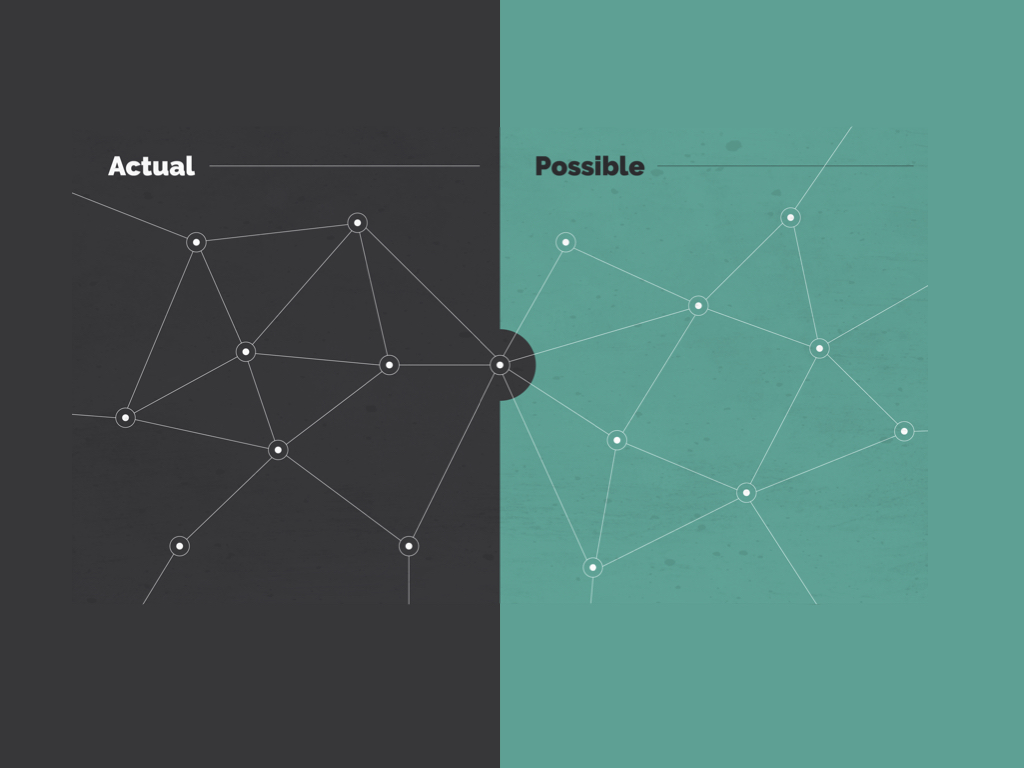A quantitative and operational definition of what is new is a demanding exercise per se. To model how novelties and innovations emerge, diffuse and compete within a collective exploration process is an even harder task. Indeed, the fabrics of the adjacent possible space are not only unknown, but it continuously evolves in time as we explore it: as soon as we inspect new regions, new elements (ideas, concepts, technological products, molecules, etc.) emerge not even conceivable beforehand. That is why we still lack a coherent and self-consistent theoretical framework able to describe the exploration dynamics in such a complex space.
CSL Paris is actively engaged in making a significant step in that direction, by focusing on the investigation of the emergence of the new and its regularities. In particular, we are interested in evolution and innovation as paths in a space (the space of the possible – be it physical, conceptual, biological or technological) whose structure and topology get continuously reshaped and expanded by the occurrence of the new. The model development takes inspiration from different principles — such as mutations, exaptation, recombination — and encodes several types of mechanisms for the feedback loop between the exploration of the space and its restructuring.
The understanding and framing of these concepts deepen our understanding on creativity and innovation processes and paves the way to the development of techniques to foster creativity and probe innovation dynamics either in real-world scenarios or in controlled systems, e.g. games or experiments designed to measure creativity process at the personal or collective level.



